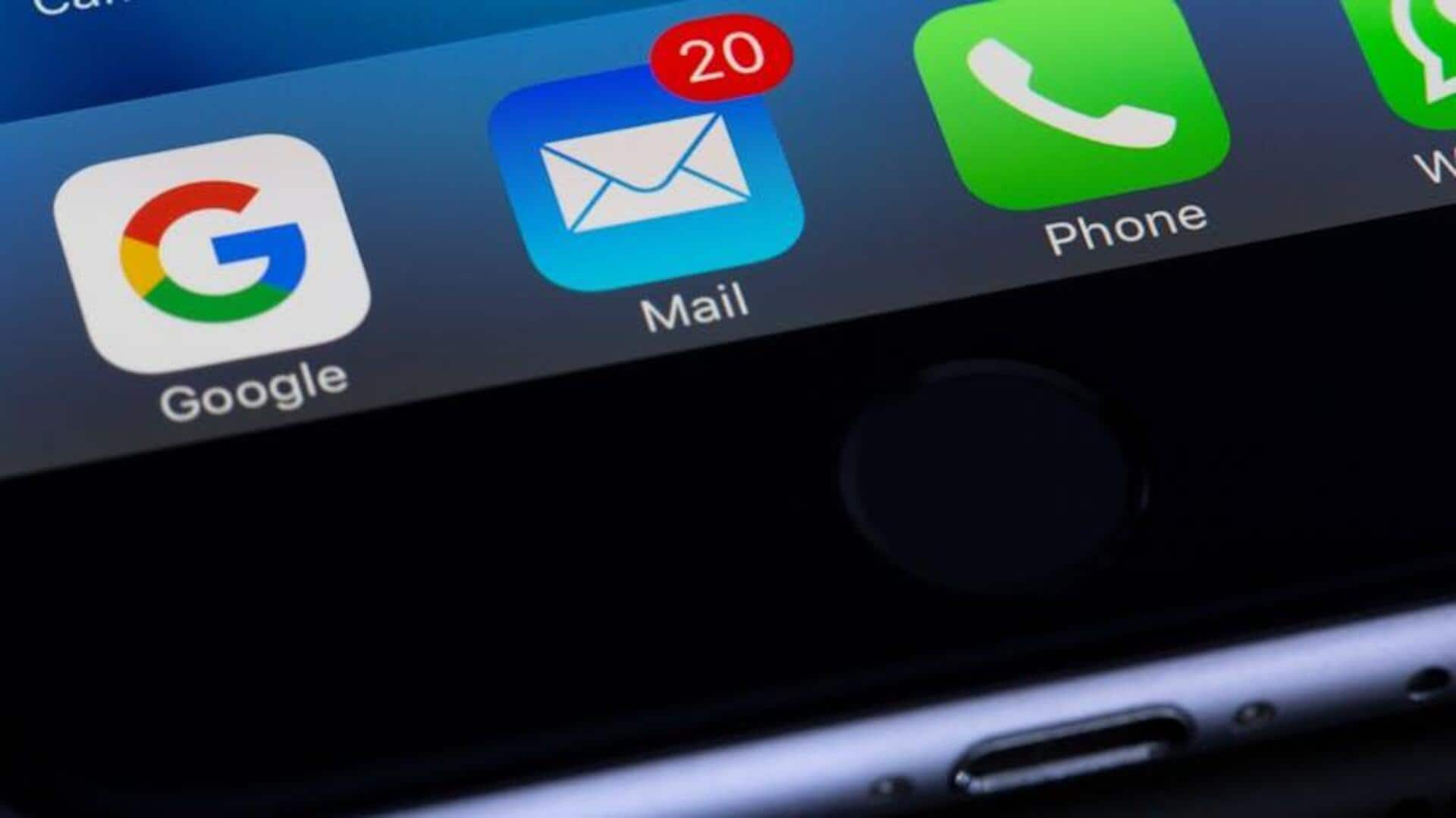
How to protect your email from phishing attacks
What's the story
Email phishing is a common tactic cybercriminals use to steal sensitive information. By tricking users into clicking malicious links or providing personal details, these attacks can lead to significant data breaches. Knowing how to spot phishing emails is key to protecting yourself and your data. Here are some practical tips to help you recognize and avoid falling for these deceptive messages.
Tip 1
Check the sender's email address
Always verify the sender's email address. Phishing emails often come from addresses that look similar but have slight differences, such as extra letters or different domains. For example, instead of "@company.com," it might be "@cornpany.com." If you're unsure, contact the organization directly through official channels before taking any action.
Tip 2
Look for spelling and grammar mistakes
Legitimate companies usually have professional communications with no spelling or grammatical errors. Phishing emails often contain poor language and awkward phrasing. If an email has multiple mistakes or seems poorly written, it could be a sign of a phishing attempt.
Tip 3
Be cautious with urgent requests
Phishing emails often create a sense of urgency, pressuring you to act quickly without thinking. They may say that your account will be suspended or that you owe money and need to pay immediately. Always take a moment to pause and think before responding to such requests. Verify the claim by contacting the organization through official channels, instead of using any contact information provided in the email.
Tip 4
Hover over links before clicking
Before clicking on any link in an email, hover your mouse over it to see where it actually leads. Phishing links often lead to fake websites that look like the real deal but are designed to steal your information. If the URL seems suspicious or doesn't match the organization's official website, don't click on it.
Tip 5
Enable two-factor authentication (2FA)
Two-factor authentication adds an extra layer of security by requiring a second form of verification, like a text message code, in addition to your password. This makes it much harder for attackers to gain access even if they get hold of your login details through phishing. Enable two-factor authentication on all accounts that offer it for enhanced protection against unauthorized access.